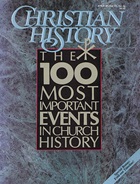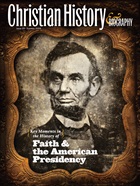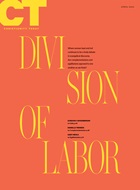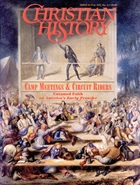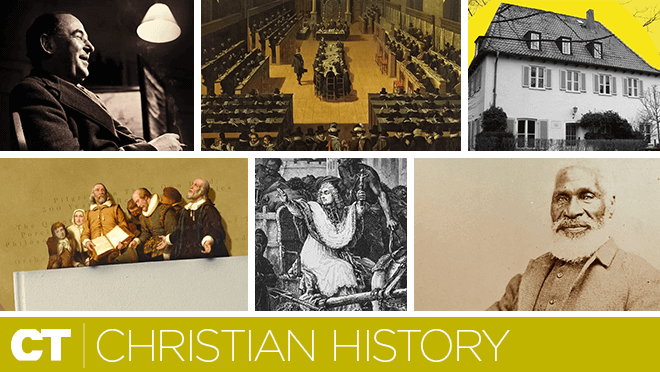American revivalism between 1780 and 1840 has attracted great attention from historians. A good place to begin further reading is with an overview. Two of the most valuable are Bernard Weisberg’s They Gathered at the River: The Story of the Great Revivalists and Their Impact upon Religion in America (Little, Brown, 1958) and William G. McLoughlin’s Revivals, Awakenings, and Reform: An Essay on Religion and Social Change, 1607–1977 (Chicago, 1978).
Frontier Religion
In terms of revivalism’s frontier phase, and the spectacular camp meeting, pioneer historian William Warren Sweet’s four-volume Religion on the American Frontier remains essential. Each volume contains a lengthy introduction and representative documents: The Baptists (1931), The Presbyterians (1936), The Congregationalists(1939), and The Methodists (1946; all reprinted by Cooper Square, 1964).
More focused reading should begin with John Boles’s The Great Revival, 1787–1805: The Origins of the Southern Evangelical Mind (Kentucky, 1972), a detailed examination of revivalism on the Southern frontier. The classic study of the camp meeting is Charles Johnson’s The Frontier Camp Meeting: Religion’s Harvest Time (Southern Methodist, 1955). It may be supplemented by Dickson D. Bruce, Jr., And They All Sang Hallelujah: Plain-Folk Camp-Meeting Religion, 1800–1845 (Tennessee, 1974), and especially by Paul K. Conkin’s superb Cane Ridge: America’s Pentecost (Wisconsin, 1990).
Larger Dimensions
In recent years, scholars have been looking at transatlantic dimensions of American revivalism: see Richard Carwardine’s Transatlantic Revivalism: Popular Evangelicalism in Britain and America, 1790–1865 (Greenwood, 1978), and especially Holy Friars: Scottish Communions and American Revivals in the Early Modern Period (Princeton, 1989), in which Leigh Eric Schmidt shows that American frontier camp meetings have their roots in Communion gatherings of Scotland and Northern Ireland.
Another dimension to early revivalism is the role of African-Americans: see Mechal Sobel’s Trabelin’ On: The Slave Journey to an Afro-Baptist Faith (Greenwood, 1979) and Albert J. Raboteau’s essential Slave Religion: The “Invisible Institution” in the Antebellum South (Oxford, 1978).
The influence of revivalism on the Methodist church has been traced by Russell E. Richey in Early American Methodism (Indiana, 1991). How revivalistic Methodism helped transform values and ideals, especially in the South, is described in A. Gregory Schneider’s The Way of the Cross Leads Home: The Domestication of American Methodism (Indiana, 1993).
For its impact on both black and white Southerners, see Donald G. Mathews’s Religion in the Old South (Chicago, 1977). Nathan Hatch has shown how revivalism reinforced democratic tendencies in churches and in society in The Democratization of American Christianity (Yale, 1989).
Accounts from the Times
No one interested in the frontier revival should miss The Autobiography of Peter Cartwright (Abingdon, 1956) or Edward Eggleston’s lively 1873 novel, The Circuit Rider: A Tale of the Heroic Age (Kentucky, 1970). A rare early African-American document, the 1810 Brief Account of the Life, Experience, Travels, and Gospel Labours of George White, An African, has been republished, with a valuable introduction by Graham Hodges, in Black Itinerants of the Gospel: The Narratives of John Jea and George White (Madison House, 1993).
Dickson D. Bruce, Jr., is professor of history at the University of California, Irvine. His most recent book is Archibald Grimke: Portrait of a Black Independent (LSU, 1993).
Copyright © 1995 by the author or Christianity Today/Christian History magazine.
Click here for reprint information on Christian History.

Support Our Work
Subscribe to CT for less than $4.25/month







